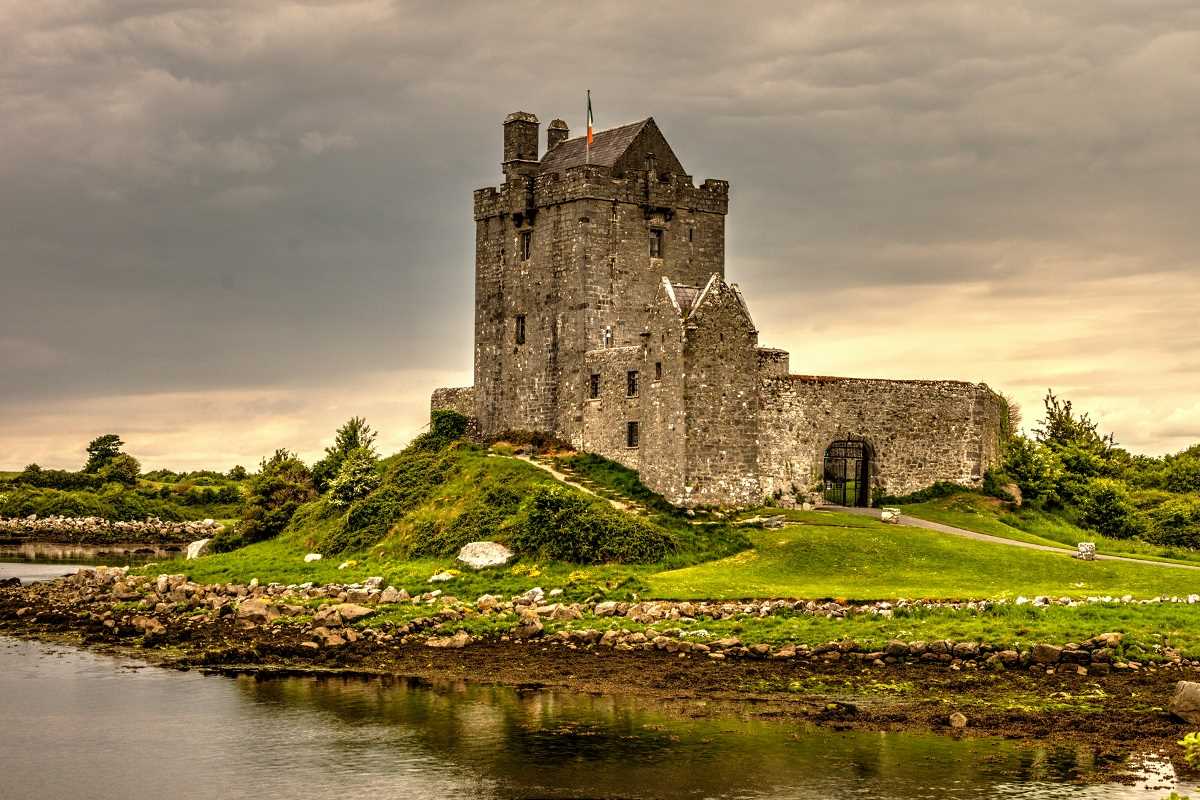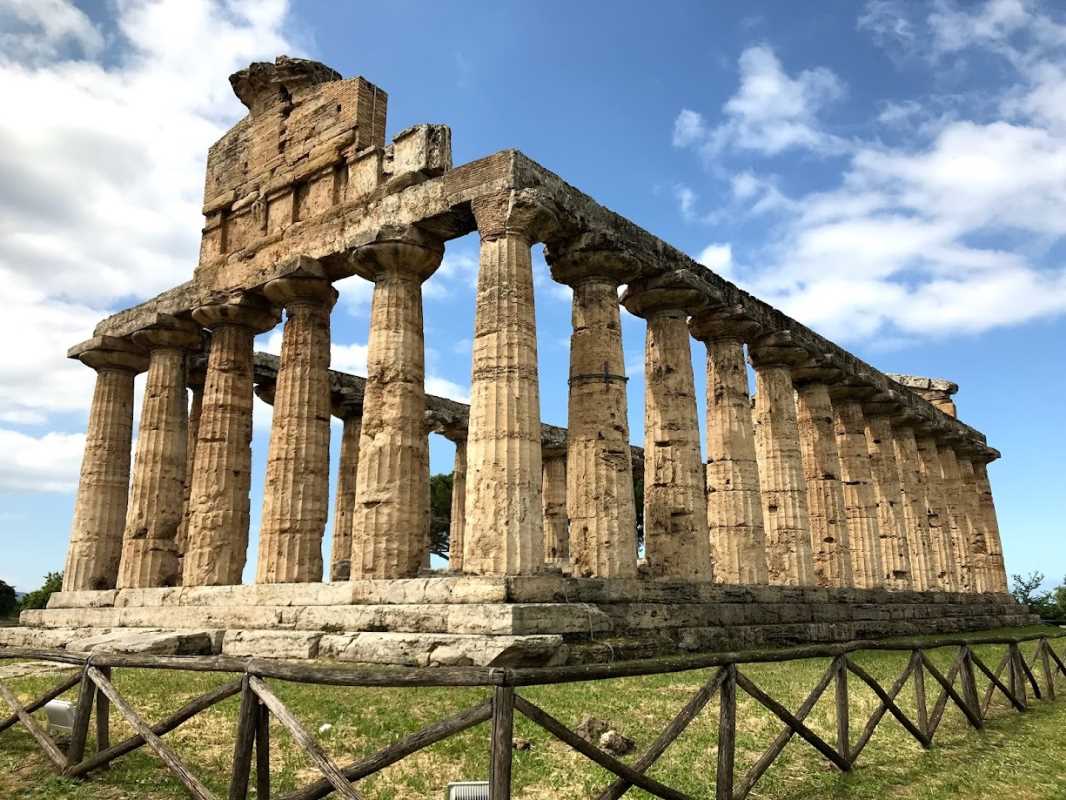Dark tourism is not for everyone. However, for those who are intrigued by the complex and sometimes difficult chapters of world history, it can be a profound and thought-provoking experience. By visiting destinations tied to tragic events, death, and the macabre, participants in dark tourism not only satisfy their curiosity but also pay their respects to the past. This guide explores the growing appeal of dark tourism, the ethics surrounding it, and a list of remarkable destinations that define this unique travel niche.
What is Dark Tourism?
Dark tourism revolves around visiting places historically associated with death, disaster, or other macabre events. This can include battlefields, sites of natural disasters, abandoned towns, and even museums dedicated to tragedies. The goal isn’t voyeuristic pleasure but rather a deeper understanding of humanity’s more somber history.
While it's a controversial type of travel due to its sensitive subject matter, dark tourism has been gaining traction among those seeking meaningful and impactful experiences.
Why Are People Drawn to Dark Tourism?
The surge in interest in dark tourism reflects a broader trend among travelers seeking unique, reflective experiences that go beyond sun, sand, and sightseeing. Here are a few reasons why people are fascinated by it:
Understanding History: Visiting sites tied to war, genocide, or natural disasters provides a firsthand connection to the events that shaped our world.
Empathy and Remembrance: It allows visitors to pay homage to those who suffered and to reflect on lessons learned.
Curiosity: Whether it’s the ruins of Chernobyl or eerie ghost towns, people are naturally drawn to stories that are both tragic and captivating.
Cultural Education: Dark tourism provides insight into global tragedies and how different societies remember and cope with their past.
Now that we've uncovered why dark tourism attracts wanderers, let's explore notable destinations that have become staples of this travel genre.
7 Iconic Dark Tourism Spots You Should Visit
Dark tourism destinations range from well-known historical landmarks to hidden sites off the beaten path. Here’s a curated list of places that blend history, tragedy, and thoughtful reflection.
1. Auschwitz-Birkenau, Poland
Arguably, one of the most haunting and significant dark tourism destinations, Auschwitz-Birkenau serves as a sobering reminder of the horrors of the Holocaust. Now a UNESCO World Heritage Site, this former Nazi concentration camp attracts millions of visitors annually who come to learn about the atrocities committed there during World War II. Guided tours offer a solemn but important educational experience, ensuring the tragedies are never forgotten.
2. Chernobyl Exclusion Zone, Ukraine
Following the 1986 nuclear disaster, the area surrounding the Chernobyl Nuclear Power Plant was left abandoned. Today, the Chernobyl Exclusion Zone, including the ghost town of Pripyat, serves as a time capsule to the Soviet era. Guided tours allow visitors to see how nature has started reclaiming human spaces while providing insight into the worst nuclear accident in history.
3. Ground Zero, New York City, USA
The site of the tragic September 11 terrorist attacks, Ground Zero is a place of mourning and reflection. The 9/11 Memorial and Museum honor the nearly 3,000 victims and document the events of that fateful day. Visitors are often moved by the gravity of the exhibits, including artifacts recovered from the rubble and personal stories of survival and loss.
4. The Killing Fields, Cambodia
The Killing Fields of Cambodia are a stark reminder of the Khmer Rouge regime’s brutal genocide in the late 1970s. Choeung Ek, one of the most infamous locations, features a stupa filled with the bones of victims found in mass graves. Combined with a visit to the Tuol Sleng Genocide Museum, the experience is both harrowing and informative, shedding light on Cambodia’s turbulent history.
5. Pompeii, Italy
When Mount Vesuvius erupted in 79 AD, it buried the Roman city of Pompeii under volcanic ash, preserving it for centuries. Today, this UNESCO World Heritage Site is one of Italy's most fascinating destinations, showcasing well-preserved homes, frescoes, and even the casts of human bodies frozen in time. It’s a prime example of how natural disasters can become significant archaeological discoveries.
6. Hiroshima Peace Memorial Park, Japan
After being decimated by an atomic bomb in 1945, Hiroshima has since rebuilt itself as a symbol of peace. The Hiroshima Peace Memorial Park and the Atomic Bomb Dome emphasize the importance of nuclear disarmament and remembrance of the lives lost. This serene yet emotionally heavy site serves as a powerful reminder of humanity’s resilience.
7. Oradour-sur-Glane, France
Preserved as a ghost village, Oradour-sur-Glane stands as a chilling tribute to the horrors of war. Destroyed by Nazi forces in 1944, the village remains untouched since the massacre. Walking through the crumbling buildings and abandoned remnants, like rusting cars and furniture, evokes a poignant sense of loss.
Ethical Considerations in Dark Tourism
Dark tourism walks a fine line between education and exploitation. Before embarking on such trips, it's important to approach the experience responsibly.
Show Respect: These locations often commemorate death and suffering. Be mindful of your actions, dress appropriately, and avoid treating the visit as entertainment.
Learn and Reflect: Take the opportunity to educate yourself about the history and context surrounding the site.
Avoid Obtrusive Photography: Some areas prohibit photography altogether, while others request visitors to use discretion. Always follow local guidelines.
Support the Community: By visiting these sites responsibly, you can help fund preservation efforts and support local economies.
Ethical dark tourism isn't just about the traveler experience; it’s about using history to foster understanding and empathy while ensuring these powerful stories continue to be told.
Why Dark Tourism Matters More Than Ever
Dark tourism isn’t an easy experience—it can evoke sadness, anger, and even guilt. However, it offers an incredible opportunity to learn about humanity’s past, ensuring that future generations don’t repeat the same mistakes.
When done responsibly, dark tourism helps us connect with the past, honor the victims, and educate ourselves about resilience, survival, and understanding the consequences of human action.
Plan Your Dark Tourism Journey
If you’re ready to explore the meaningful side of travel, start with thorough research and a sense of respect for the places you plan to visit. Pair your trip with local guides to gain deeper insights, and remember to carry not just your curiosity but also your compassion.
Whether it’s standing amid the ruins of Pompeii or reflecting on the lives lost in Auschwitz, dark tourism can be a humbling, life-changing experience.
 (Image via
(Image via





